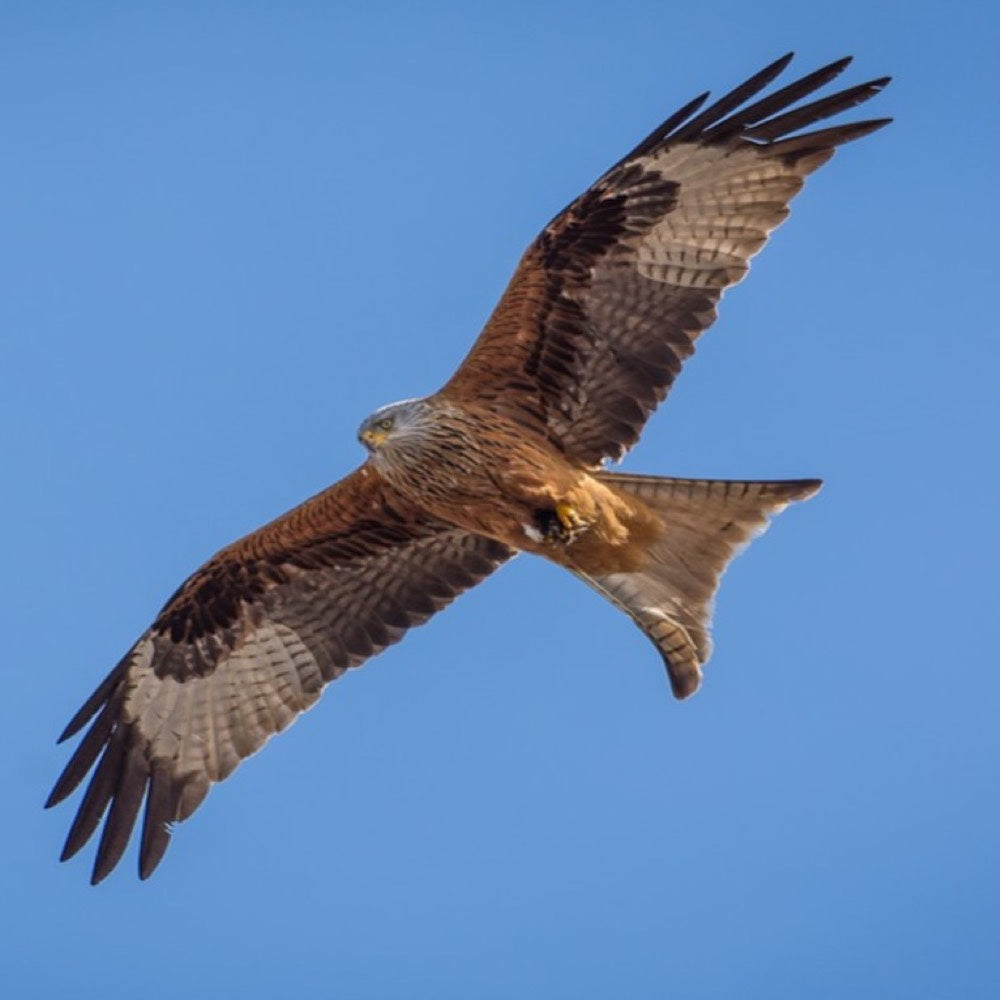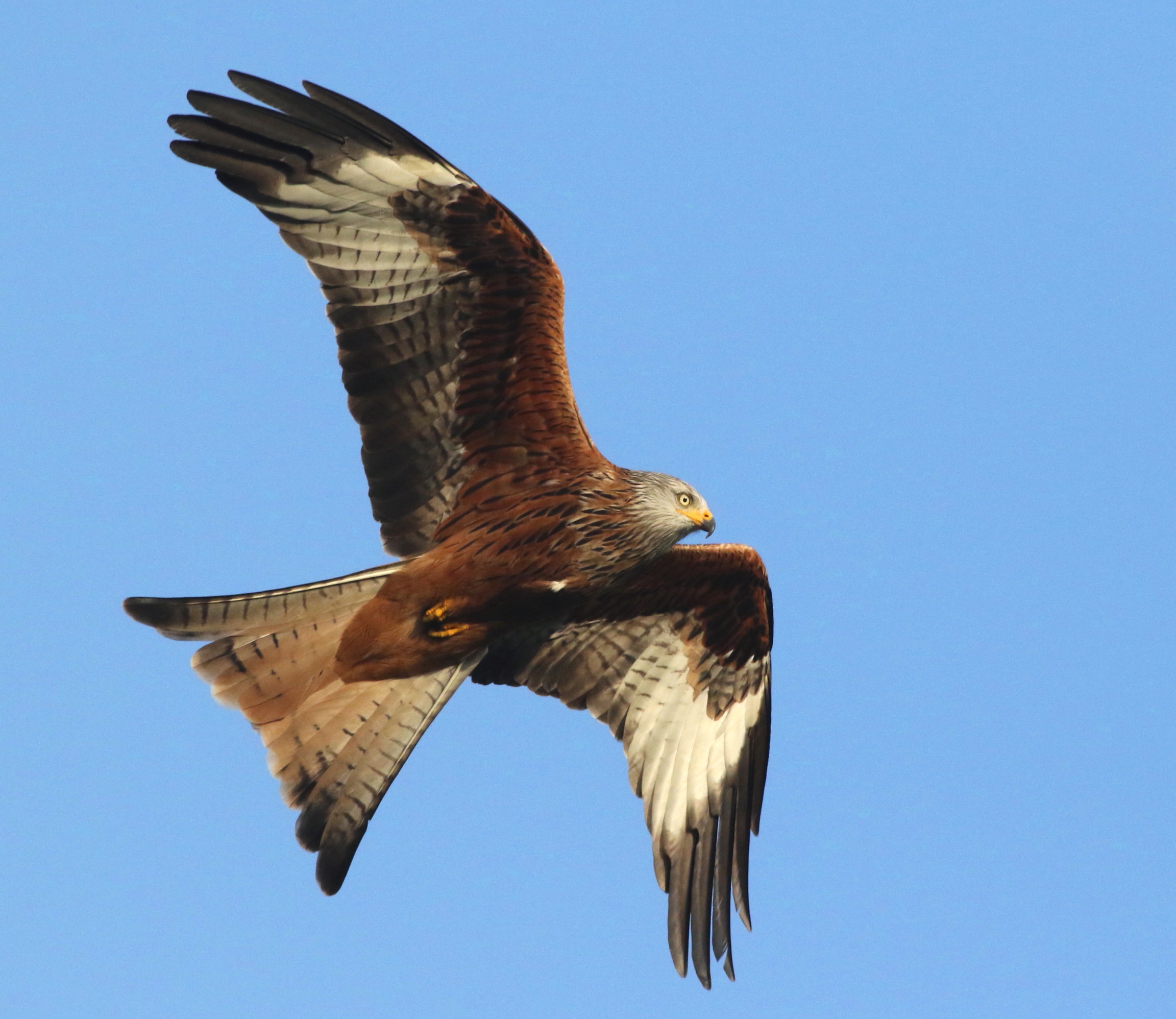

Further reintroductions went just as well and in 2006, a red kite was spotted over London for the first time in 150 years. By 1992 they were breeding successfully and two years later, the first wild-reared Kites reared young of their own. Red kites disappeared across much of the UK because of human. With the population in such a severe genetic bottleneck and struggling against bad weather, lack of food due to myxomatosis in rabbits and eggshell thinning caused by organochlorine pesticides, the odds were stacked against their natural recovery.ĭecisive action was needed and the first reintroductions were made in 1989, when six Swedish birds were released in Scotland and a further four (plus one Welsh) in Buckinghamshire. Where to Photograph Red Kites Bellymack Hill Farm, Laurieston, PER Bwlch Nant yr Arian Forest Visitor Centre, Aberystwyth, CGN Galloway Kite Trail, Castle. registered in England with the Financial Conduct Authority (registration number 31322R) and the Regulator of Social Housing. Valley and areas further a-field in the north east region. Rather belated conservation efforts began in 1903 but by then every surviving bird was descended from a single Welsh female. With a bounty on its head, the species was driven to extinction in England and Scotland by 1879. But attitudes shifted over time and the Red Kite fell from grace when it was mistakenly viewed as a threat to livestock and gamebirds. As scavengers, they picked the filthy streets clean and their highly-valued services earned protection by royal decree.

Just a few centuries earlier, Red Kites were as common as pigeons and equally urban, even in London – Shakespeare’s ‘city of kites and crows’. Central Wales, central England - especially the Chilterns, central Scotland - at Argaty and along the Galloway Kite Trail are. The 1968-72 breeding bird maps deliberately showed a vague, red circle somewhere over mid-Wales, and guards were set on the ground to protect the precious nests from egg collectors and bounty hunters. The red kite is a scavenger bird that was once very rare across the UK and even became extinct in Scotland in the 19th century. Just 50 years ago there were only a handful of Red Kites left, clinging on to their last remaining stronghold deep in the wilds of Wales.Their location was a closely guarded secret, both on paper and in person. Distribution Found in several parts of the country including Wales, South East England, Yorkshire and the East Midlands. It has a long, reddish-brown, forked tail. These magnificent birds are still outnumbered by their Buzzard brethren but they share a similar story, both bouncing back from the brink of extinction. In the 16th and 17th Centuries, Red Kites were one of the most common birds of prey in England and yet by the 19th Century the entire population had been wiped. The Red kite is a large bird of prey with angled, red wings that are tipped with black and have white patches underneath in the 'hand'.

The Red Kite is an increasingly familiar sight in the skies above Sussex, soaring effortlessly over the South Downs on an almost-six-foot wingspan.


 0 kommentar(er)
0 kommentar(er)
